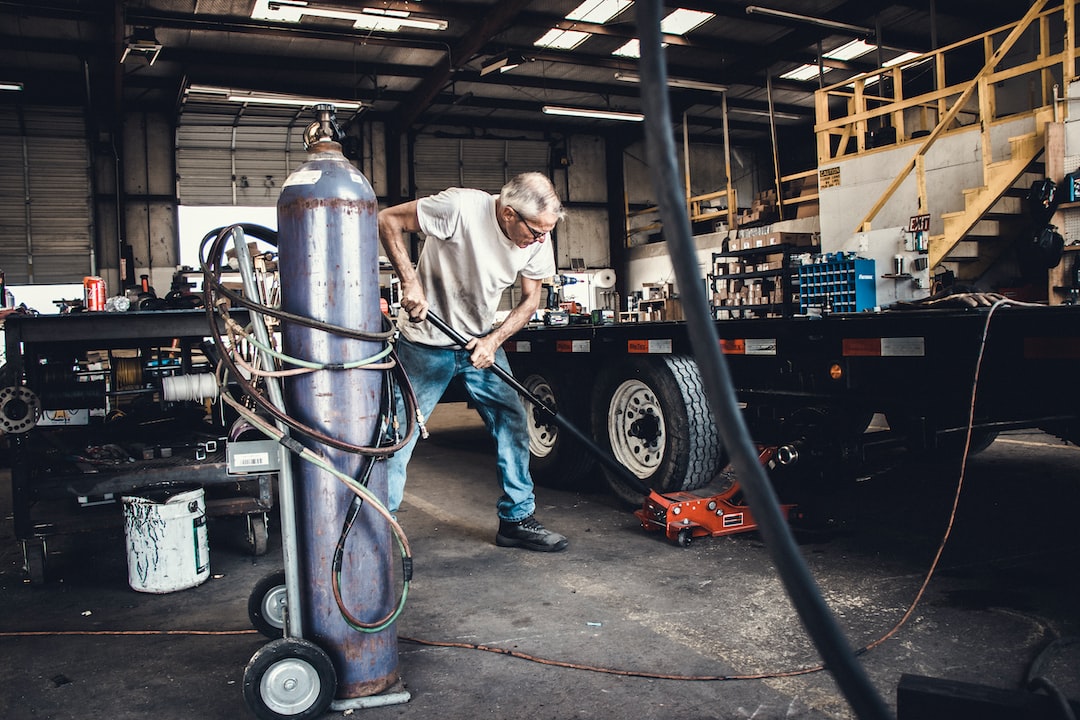Sustainable Manufacturing: A Path to a Greener Future
In our quest to build a sustainable future, one area that requires immediate attention is manufacturing. For decades, manufacturing industries have been major contributors to environmental degradation and resource depletion. However, recent advancements in technology and a growing emphasis on sustainability have paved the way for a new era of eco-friendly manufacturing practices. With the adoption of sustainable manufacturing, we can mitigate the negative impacts of traditional manufacturing processes while creating a greener future for generations to come.
What is Sustainable Manufacturing?
Sustainable manufacturing can be understood as the process of manufacturing goods using techniques and materials that have minimal impact on the environment and society. This approach takes into account every aspect of the product life cycle, from design to disposal, to ensure that resources are utilized efficiently and waste generation is minimized. Key principles of sustainable manufacturing include reducing greenhouse gas emissions, conserving energy and water, promoting recycling and waste reduction, and adopting renewable materials and energy sources.
Benefits of Sustainable Manufacturing
The transition to sustainable manufacturing offers numerous benefits, both for the environment and the economy. Firstly, it helps combat climate change by reducing the carbon footprint of manufacturing processes. By addressing energy consumption and emissions, sustainable manufacturing contributes to global efforts in mitigating climate change and achieving carbon neutrality.
Secondly, sustainable manufacturing promotes the efficient use of resources. Through waste reduction and recycling, materials are kept in circulation, minimizing the need for raw material extraction. This not only conserves valuable resources but also reduces the pressure on ecosystems and contributes to biodiversity conservation.
Furthermore, sustainable manufacturing creates new economic opportunities. As the demand for eco-friendly products and services increases, companies that prioritize sustainability can gain a competitive advantage. Consumers are becoming more conscious of the environmental impact of their purchases, and they are more likely to support brands that align with their values. Therefore, sustainable manufacturing practices can lead to increased sales, improved brand reputation, and enhanced customer loyalty.
Technologies Driving Sustainable Manufacturing
The adoption of sustainable manufacturing is made possible through various technological advancements. One key technology is the Internet of Things (IoT), which enables manufacturers to collect and analyze data from their production processes in real-time. This data-driven approach allows for monitoring energy and resource consumption, identifying inefficiencies, and implementing targeted improvements to optimize sustainability.
Another innovative technology is additive manufacturing, also known as 3D printing. This technique enables the production of complex parts and prototypes with minimal waste generation, reducing material consumption and energy requirements. Additionally, 3D printing allows for design customization and decentralized production, which can result in reduced transportation emissions and shorter supply chains.
Furthermore, advancements in renewable energy technologies, such as solar and wind power, are driving the shift towards cleaner energy sources in manufacturing. By harnessing these renewable resources, manufacturers can significantly reduce their carbon footprint and reliance on fossil fuels.
Challenges and Future Outlook
Although the prospects of sustainable manufacturing are promising, it is not without its challenges. Implementing sustainable practices requires substantial investments in new technologies, training, and infrastructure upgrades. Additionally, there may be resistance and hesitancy among manufacturers to change existing processes and adopt unfamiliar methods.
However, the urgency of addressing climate change and protecting our natural resources cannot be ignored. Governments, businesses, and individuals must come together to overcome these challenges and drive the widespread adoption of sustainable manufacturing practices.
Looking ahead, sustainable manufacturing has the potential to revolutionize the manufacturing industry. As technologies continue to evolve and become more affordable, sustainable practices will become the new norm. With increased awareness and commitment, we can create a greener future where manufacturing processes are harmonious with the environment and contribute to the well-being of society.
Conclusion
Sustainable manufacturing is undoubtedly the path to a greener future. By prioritizing environmental concerns and integrating them into every aspect of the manufacturing process, we can minimize the negative impacts traditionally associated with manufacturing. The adoption of sustainable manufacturing practices will not only help combat climate change and conserve resources but also boost economic growth and improve brand reputation. Let us embrace this shift towards sustainability and take bold steps towards a brighter and more sustainable future.

